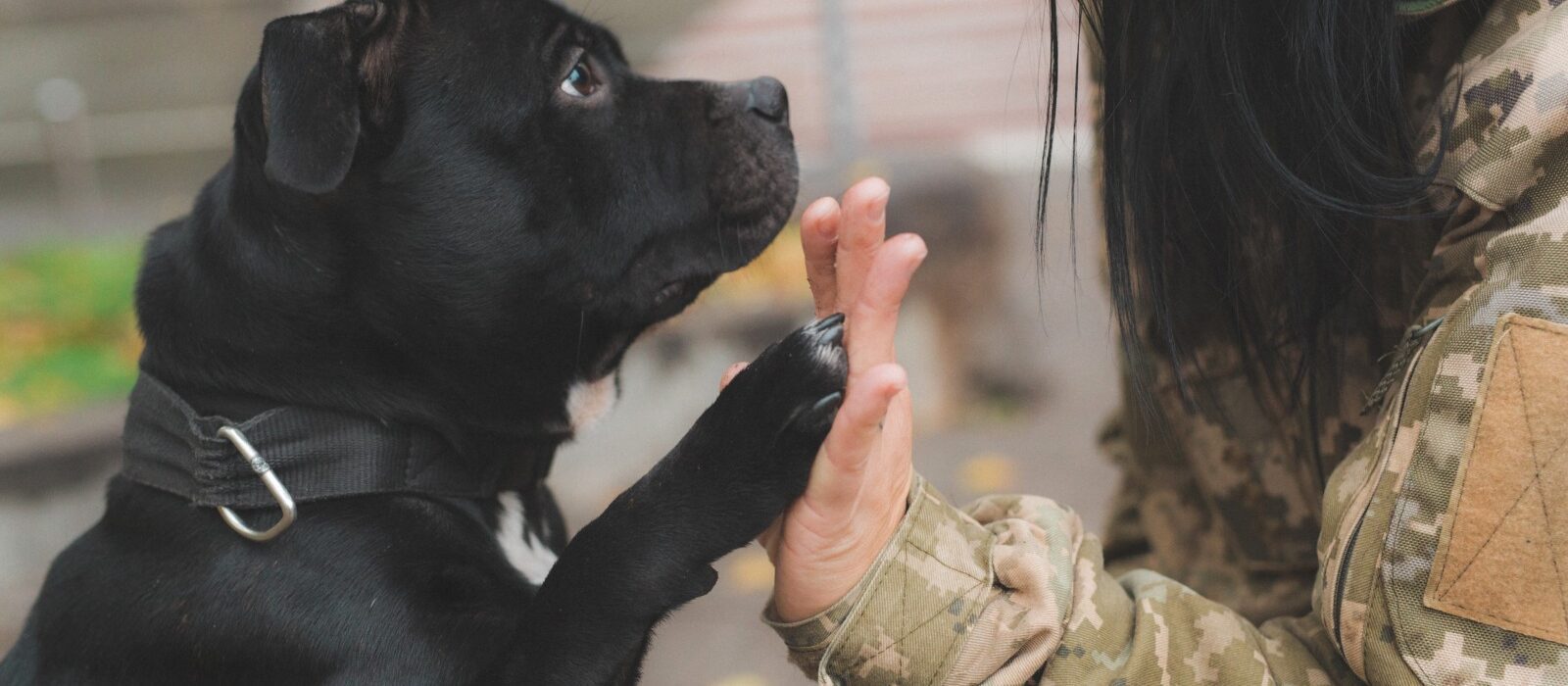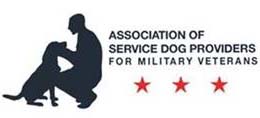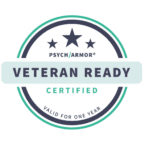Training a service dog requires a veteran to face their injuries and disabilities head on, which can be extremely difficult. We can train a dog to alert for an impending anxiety attack, but first we need to learn what the veteran does before they have one. Do they fidget? Shake their leg? Wring their hands? Furthermore, training an alert is one thing. But reacting to the alert is another. A trained alert can let the veteran know what’s coming, but they must pay attention to the dog and take the steps to recognize the alert and then act. We often get, “My dog keeps bugging me!” Our response is usually, “Well, what was going on when your dog was bugging you? What were you doing and how were you feeling?” Suddenly, a light-bulb turns on.
Other times, it’s a process of self-reflection as they progress through the program. A veteran may get part way through the training and realize a service dog isn’t what they need. They are happy with their companion. They have learned new coping skills and pushed themselves to places they wouldn’t have without their dog. They can do the things they couldn’t before, knowing they have a buddy waiting at home.
Whether it is through a companion or a service dog that works to retirement, it is more than just a dog — it’s a bridge that helps them find ways to mitigate the symptoms of their disability in public and private.
We are here to support and guide our teams through this journey, whether they are with us for 10 weeks or 10 years.





